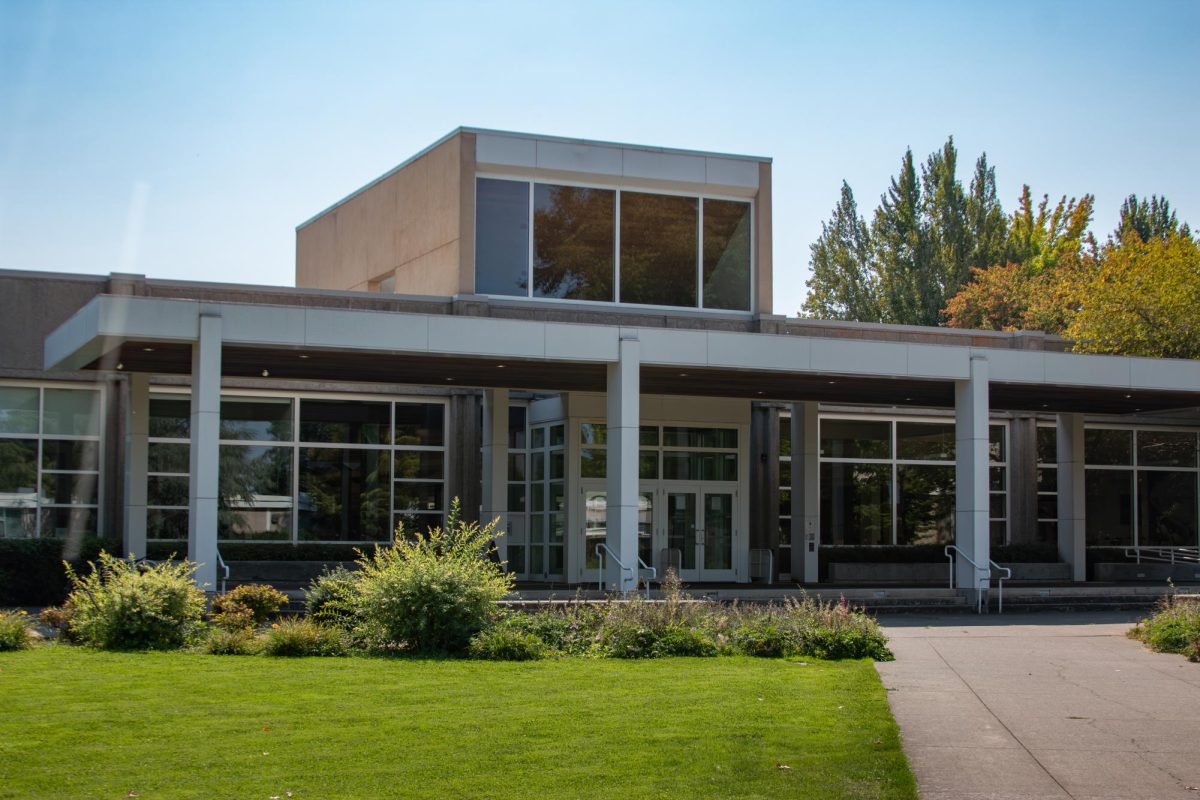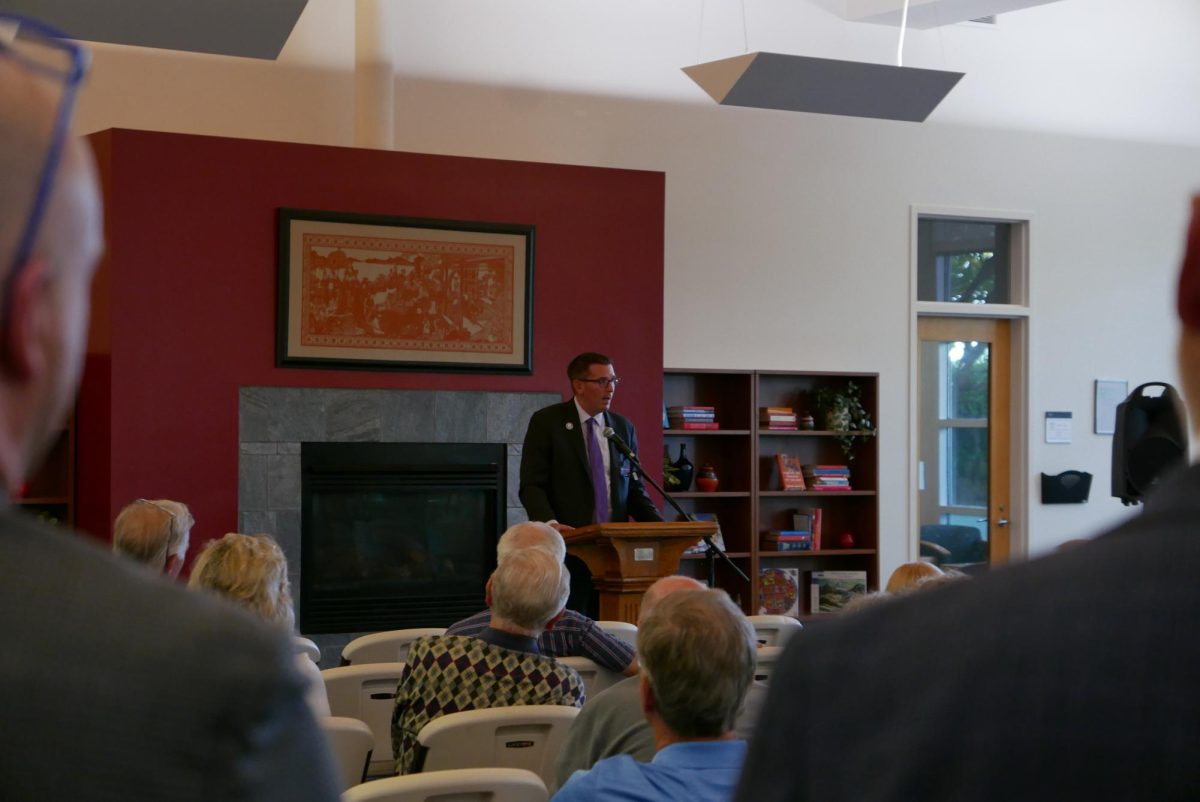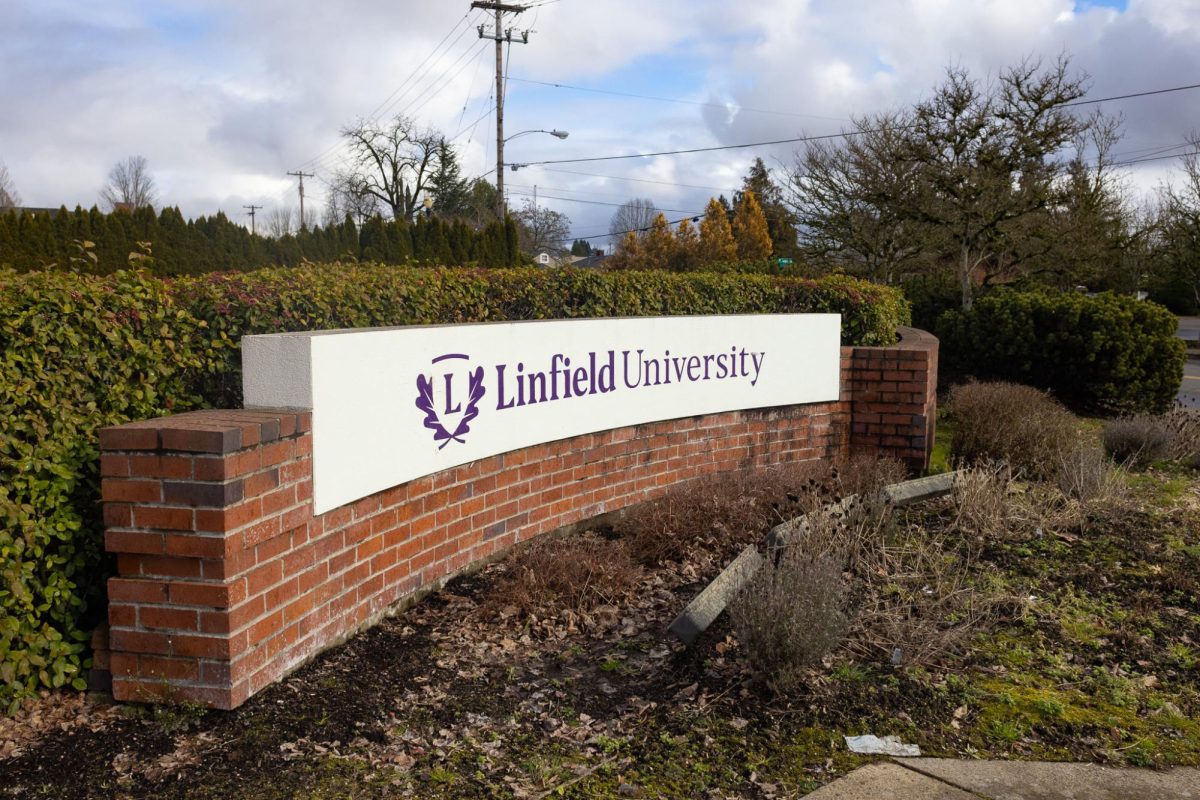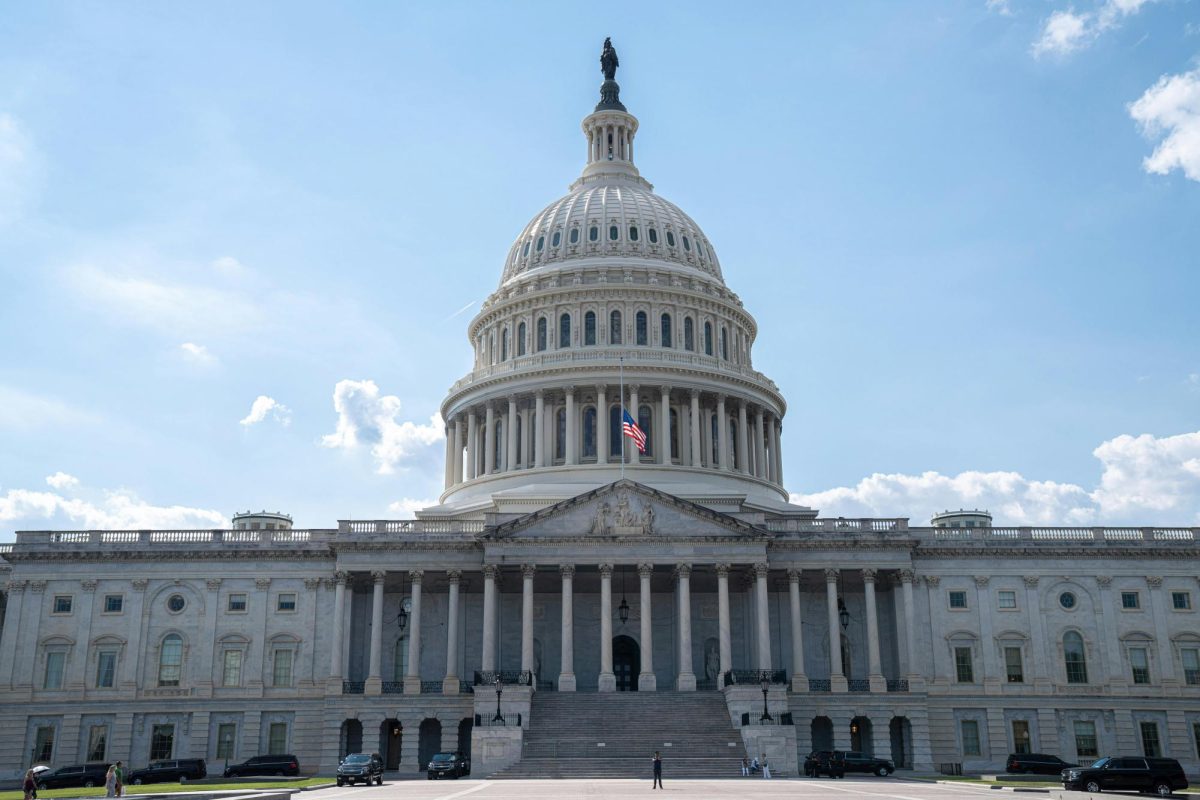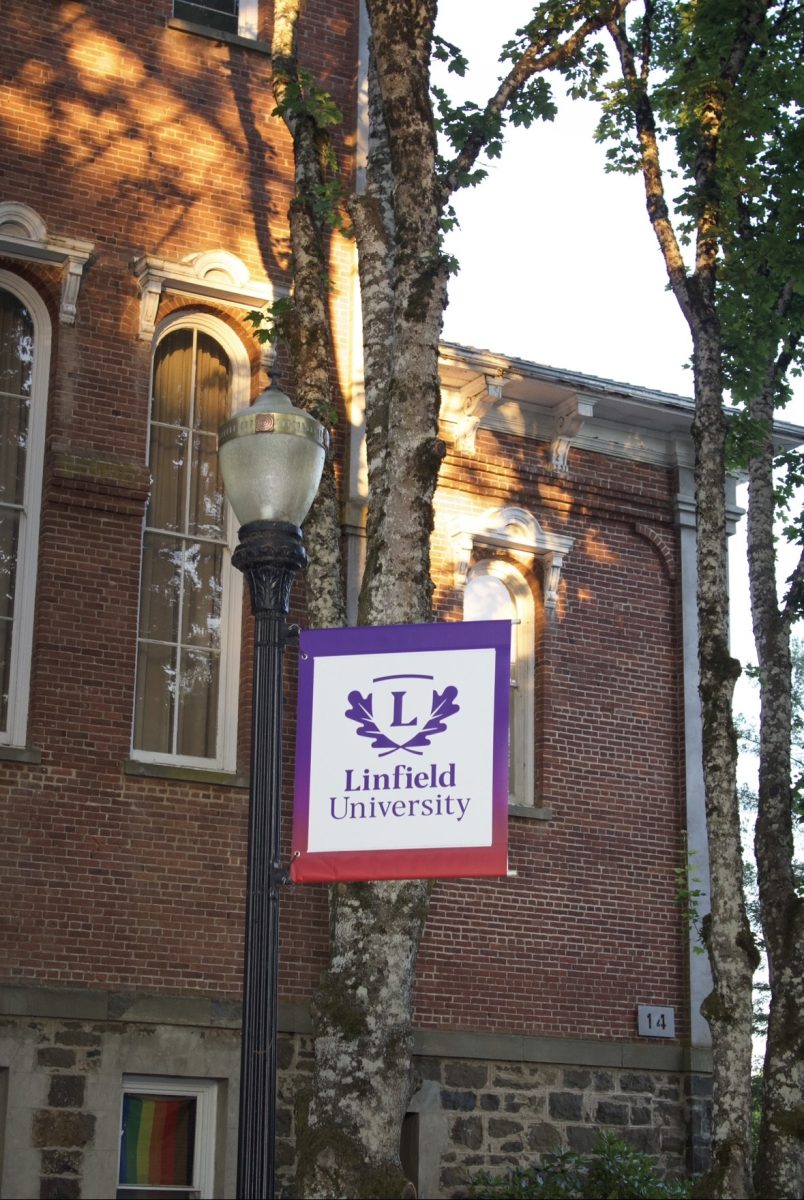This summer, the campus experienced a major disruption when a significant flood impacted both the Nicholson Library and Ford Hall. The flood, which occurred on June 1, was caused by a burst pipe in the library’s mechanical room. The exact reason for the pipe’s failure is still unknown, but it’s suspected that the issue was related to the age of the building, which was originally constructed in the 1970s. The building’s pipes had not been replaced during renovations, likely contributing to the incident. However, nothing has been confirmed yet.
The flood caused extensive damage to the library’s technical services area, where books and archival materials are processed. Water levels rose to ankle-deep levels in the circulation area and waist-high in the hallway, causing considerable disruption. The water damage was severe enough to uproot and destroy carpet tiles and compromise the raised floors, which housed critical electrical wiring. Fortunately, a specially designed door helped protect the archives from the flooding and the water didn’t make it to the main book stacks.
The school’s response to the disaster was prompt and well-coordinated. The facilities team set up humidifiers and fans to manage the moisture and expedite the drying process. They also used handheld devices to measure moisture levels in the walls and worked tirelessly to drain the water from affected areas. The library reopened to the public on August 19, though with limited access. The writing center and some study rooms have been made available to students again during the recovery period. However, the technical services area and some of the study rooms remain closed, with a projected reopening set for the spring semester.
The flood also had a considerable impact on Ford Hall, the campus theatre and communication arts building. Several key areas were affected, including the green room, design lab, costume shop and poster hallway. Each of these areas suffered from various forms of damage: destroyed furniture, damaged equipment, supplies and damaged posters. The ongoing repairs are aimed at restoring these spaces, with a particular focus on completing the green room by Nov. 3 for the production of Death by Design.
The flooding caused significant disruptions to classes and events. Professor Laurel Peterson’s stage makeup class was relocated to Renshaw, while Professor Lindsey Mantoan’s INQS classes were moved from the library to Ford Hall T104. Despite the damage, the theatre managed to host the IPNC grand seminar over the summer in Marshall Theatre. The first show of the season proceeded as planned, though it encountered some technical issues due to the flood.
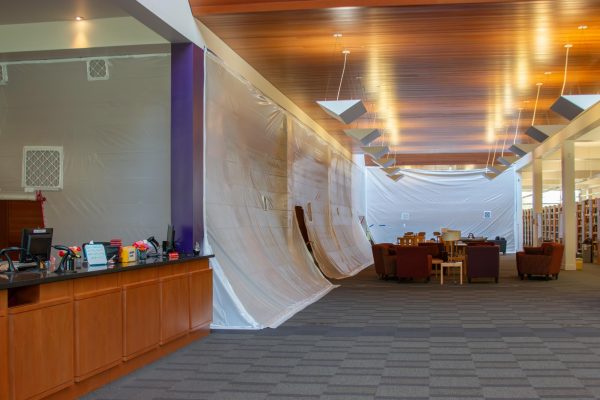
Technical issues related to the flood included a malfunctioning intercom system and door swipes that shorted out. Additionally, the fire alarm system, which was temporarily disabled, had to be reactivated. There were also issues with not being able to turn off the light in Ford Hall. The flood’s impact extended beyond the immediate damage, affecting the accessibility of certain areas and complicated day-to-day operations.
“I could just not be happier with the university’s response. They had taken it seriously and they’ve done an amazing job to get us opened again,” Library Director, Ginny Blackson, said.
She noted that Erik Stenehjem, the Director of Safety and Risk Management, played a crucial role in managing the situation, providing weekly updates and coordinating the recovery efforts.
Despite the significant setbacks, the campus community has shown remarkable adaptability and resilience. The Library and Ford Hall are making strides in their recovery efforts, with ongoing repairs and adjustments to restore full functionality. Upcoming events, such as Banned Books Week, will continue as scheduled, featuring the most challenged book in America, “The Hate U Give.”

